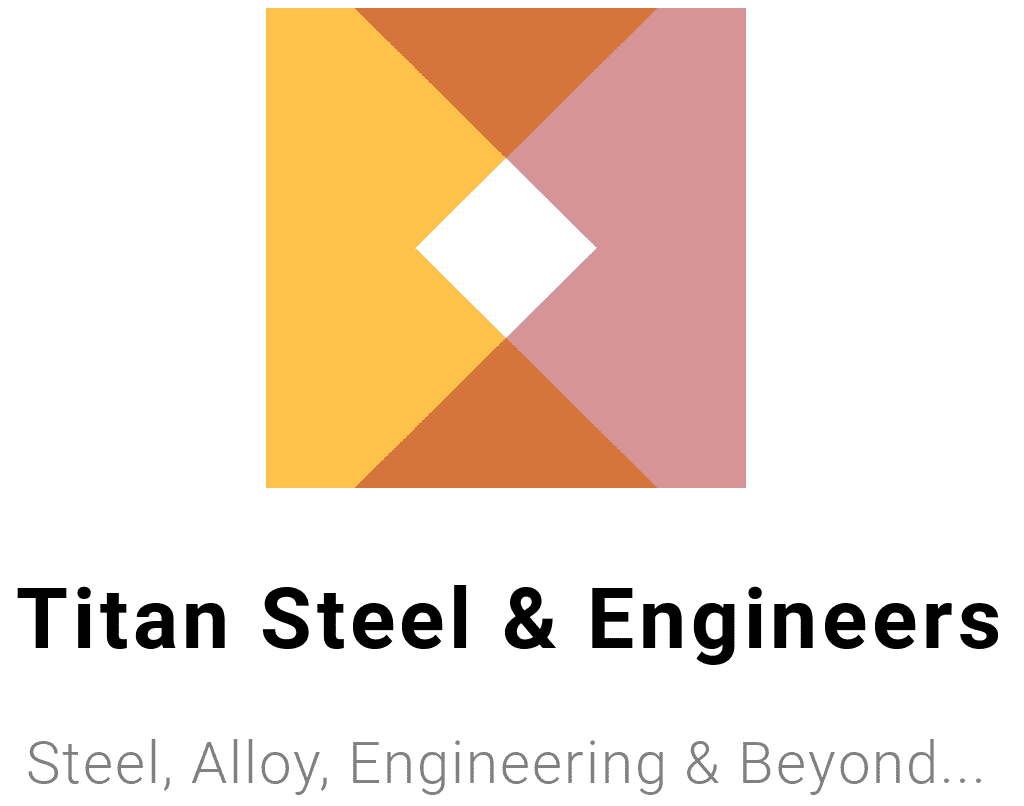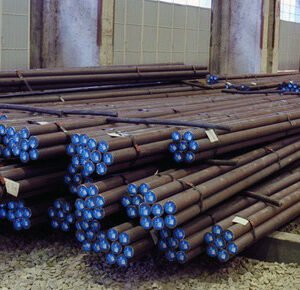Description
Overview
S355JR carbon steel is a versatile and reliable material known for its optimal balance of strength, durability, and weldability. Engineered for demanding applications, this structural steel grade is a trusted choice across construction, engineering, and manufacturing sectors. Its adaptability and performance make it ideal for a wide range of structural and mechanical projects.
Key Features
- Exceptional Weldability: Simplifies fabrication and ensures strong, reliable joints.
- Robust Strength: Designed to withstand high stress and load requirements.
- Superior Formability: Easily shaped and customized to project specifications.
- Uniform Quality: Consistent performance across various environments and applications.
Benefits
S355JR carbon steel offers unmatched cost-effectiveness without compromising on performance. Its exceptional strength-to-weight ratio enables efficient designs, reducing material usage while maintaining safety and reliability. The ease of welding and forming simplifies fabrication processes, saving time and labor costs. Additionally, its versatility ensures compatibility with various applications, making it a one-stop solution for a wide range of needs.
Technical Specifications
- Chemical Composition: Contains an optimal blend of carbon, manganese, silicon, and other elements for enhanced performance.
- Mechanical Properties: Yield strength of 355 MPa, tensile strength ranging from 470-630 MPa, and excellent elongation capabilities.
- Available Sizes: Supplied in sheets, plates, and profiles of varying dimensions to meet diverse project requirements.
Applications
- Construction: Beams, columns, and supports for building frameworks.
- Engineering: Machine components, bridges, and crane structures.
- Manufacturing: Automotive parts, storage tanks, and heavy-duty equipment.
Compliance
S355JR carbon steel adheres to EN 10025-2 standards, ensuring reliable performance and compatibility with global industry requirements. Rigorously tested and certified, it meets stringent quality benchmarks, guaranteeing confidence in every application.
Choose S355JR carbon steel for your next project and experience the perfect combination of strength, versatility, and cost-efficiency.






